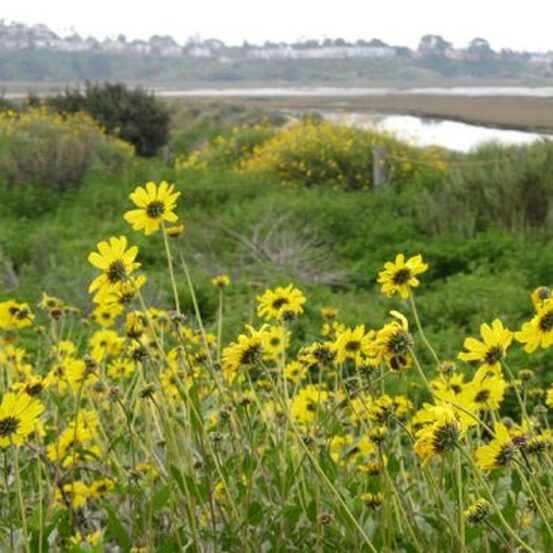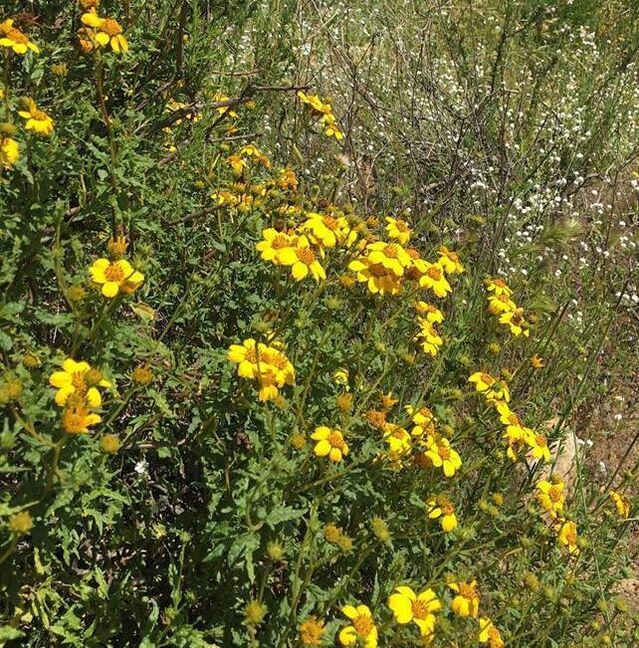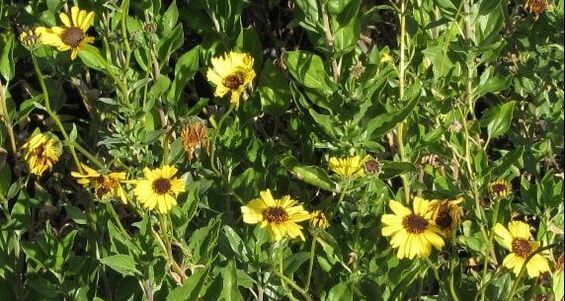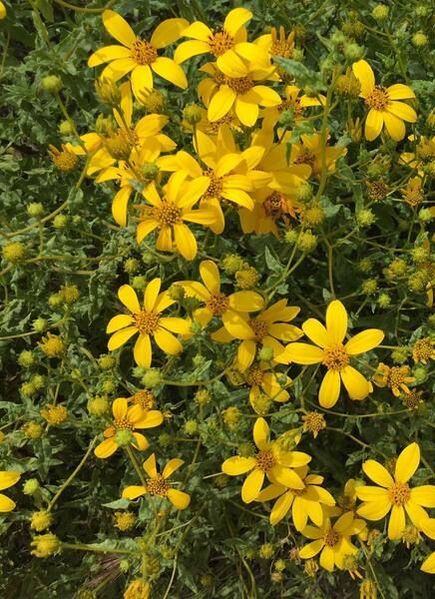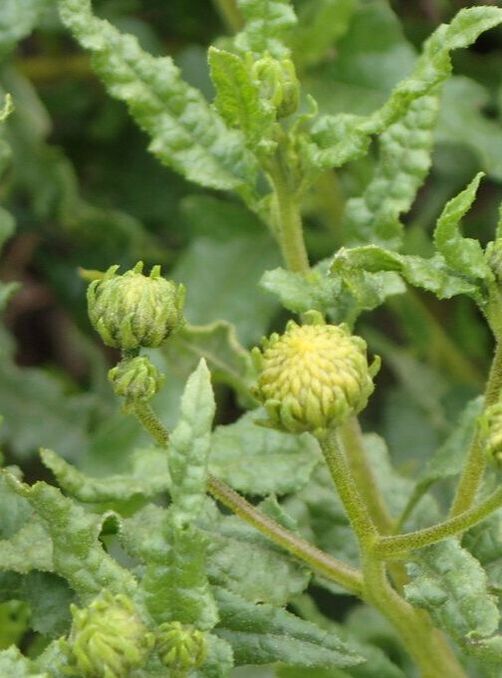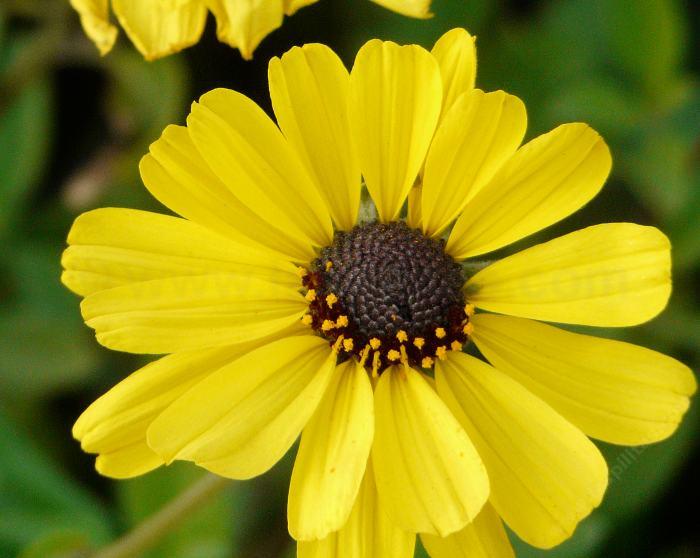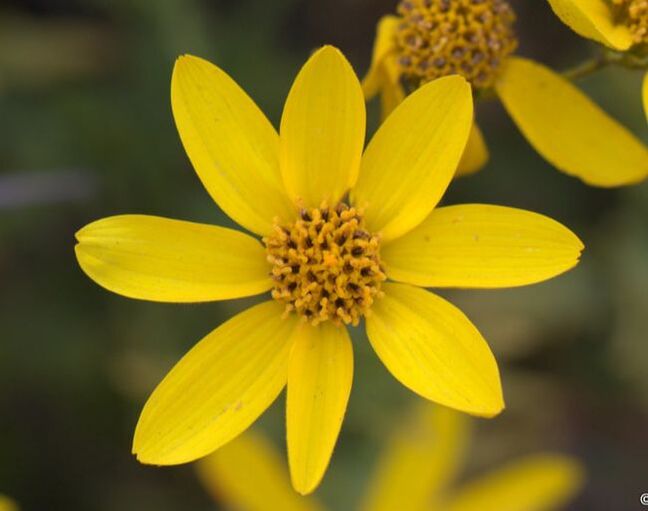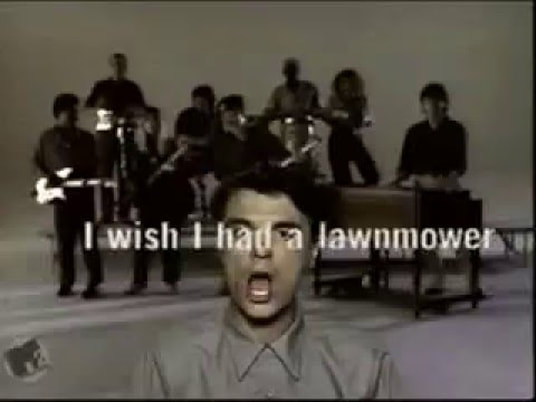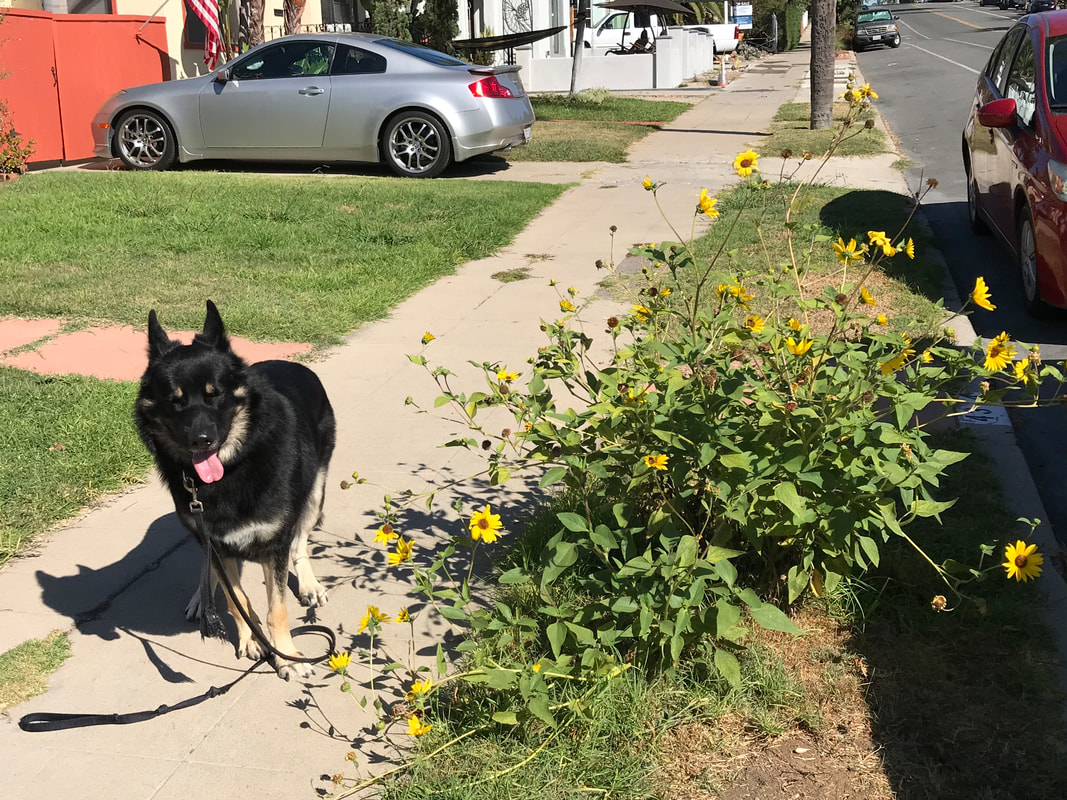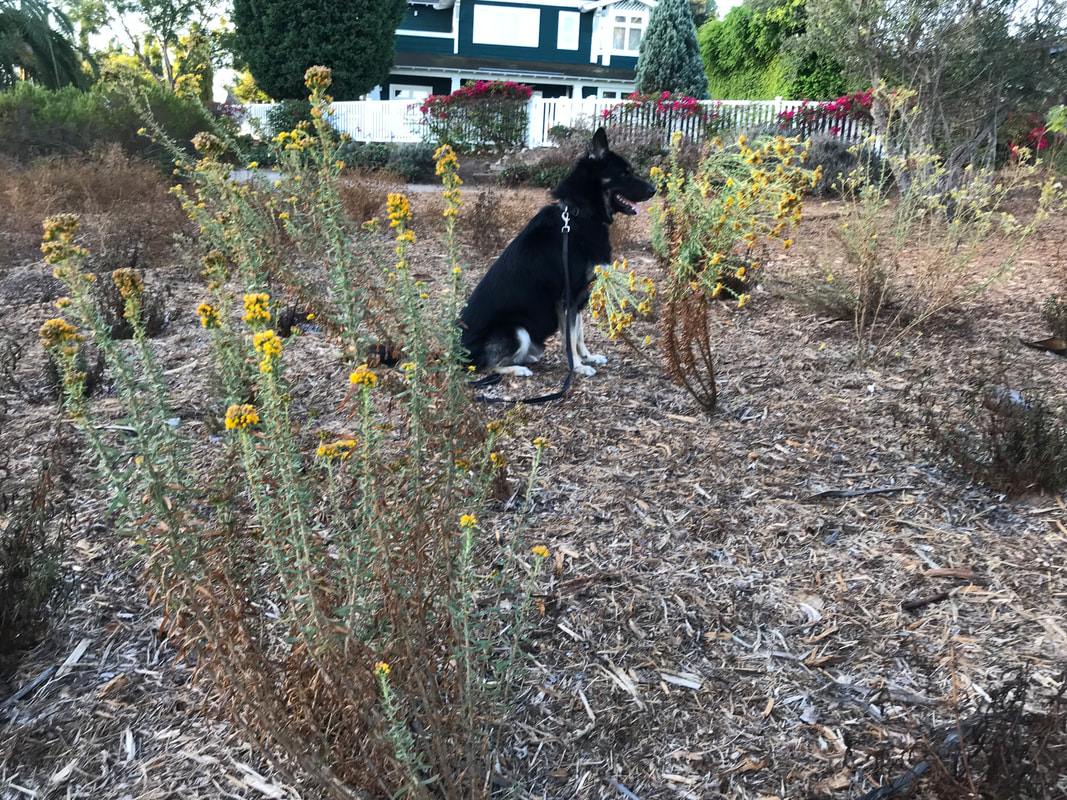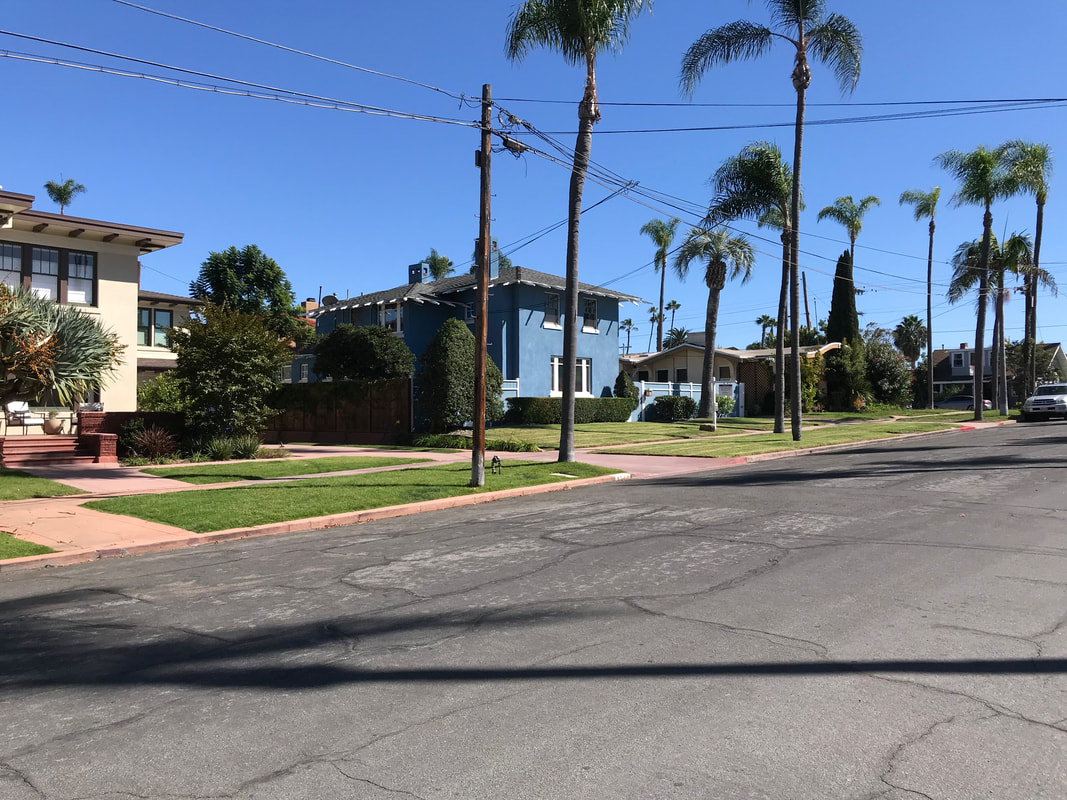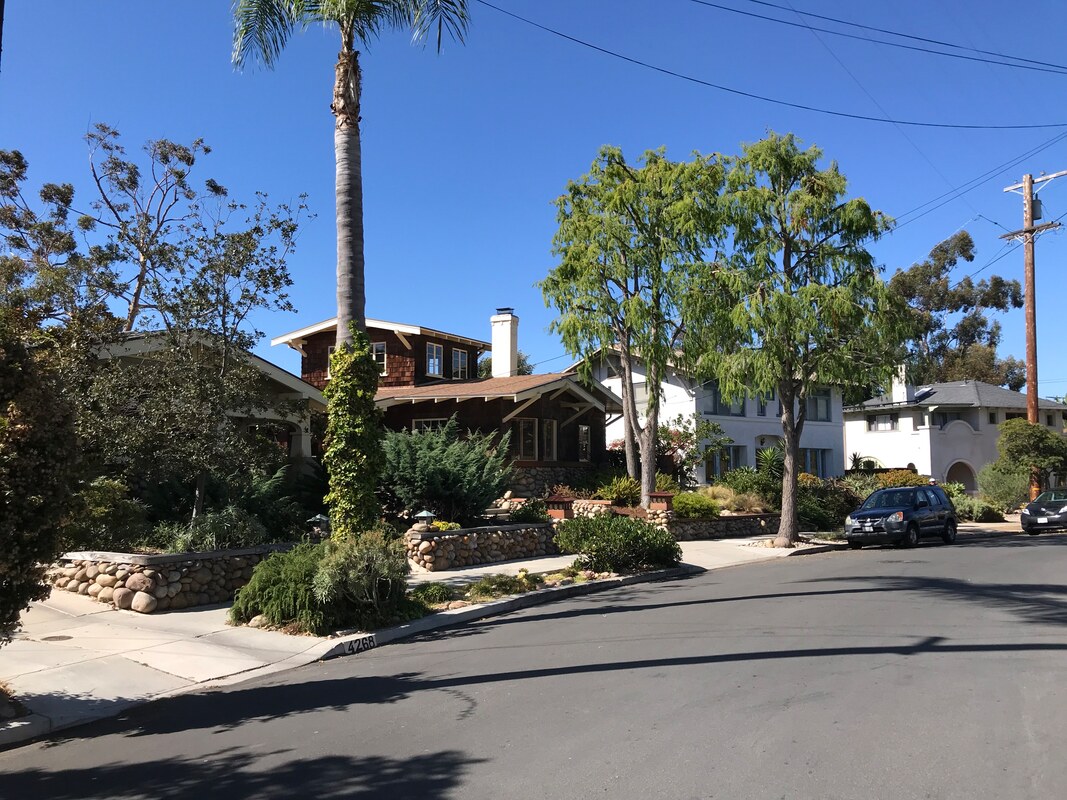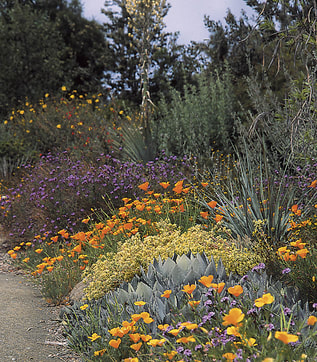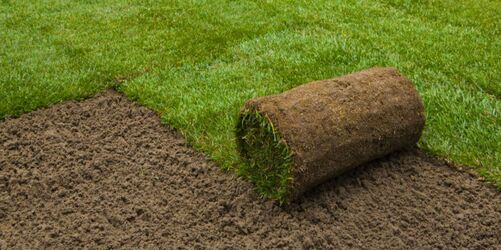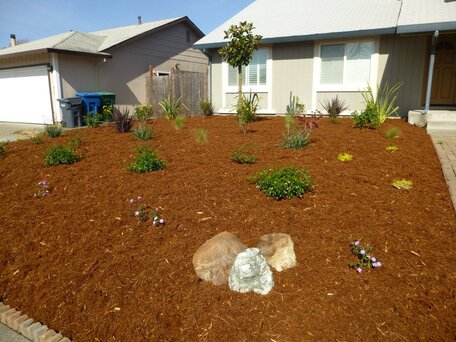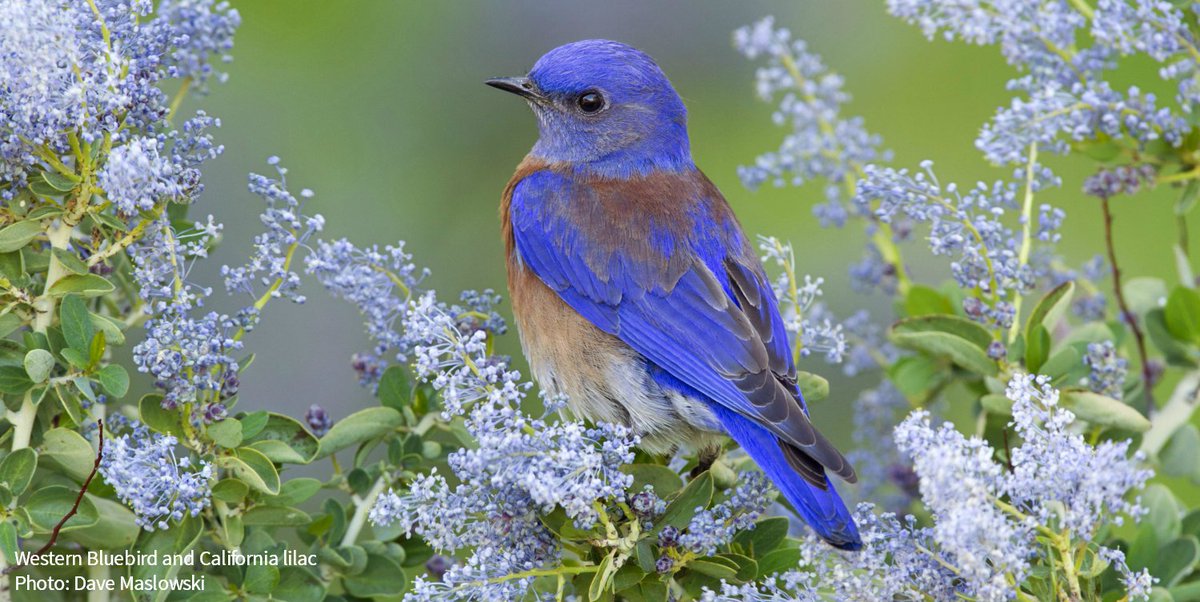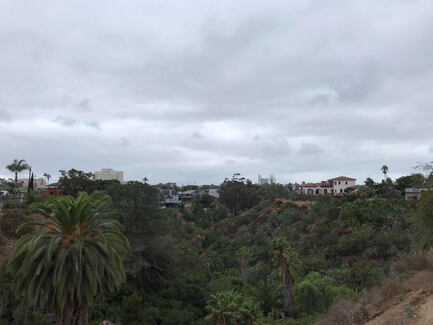|
Gardens with California native plants get a bad rap for looking great in spring, then turning brown and dry for the rest of the year. That’s not true in nature and certainly doesn’t need to be true in a well-designed native landscape. An easy way to prolong your spring flower show through the summer and into fall is to include native sunflowers in your garden. The Sunflower Family (aka Asteraceae aka Compositae) is a huge and varied group of plants worldwide and in California. (Nerd alert: 17% of the 1410 pages of plant describing California’s plants in the Jepson Manual are Asteraceae). The species we’ll be looking at are pioneer (early successional) species in coastal sage scrub communities in SoCal and Baja. In nature, their small seeds, often carried by the wind, land in patches of bare ground where they can germinate readily and grow rapidly. This group of species are close to fool-proof choices for a low-maintenance garden and are also great if you need plants that will fill in your landscape (relatively) quickly while other shrubs are taking their time becoming established. Bush Sunflower (aka California daisy aka Encelia californica) and San Diego sunflower (aka San Diego viguiera aka Bahiopsis laciniata) are two native shrubs popular for their bright yellow flowers that give your garden a splash of color through the summer and into fall.
0 Comments
In my previous entry, I reached back to the 90’s to reference Seinfeld. I must be nostalgic, because the Talking Heads’ “(Nothing but) Flowers” was running through my head this morning. I assume David Bryne’s tongue was firmly in cheek when he mourned the loss of 20th century consumer culture: I like to imagine planting a native garden as an affirmative act toward shaping some post-apocalyptic (or post-carbon) landscape. Where Bryne saw corn fields replacing discount stores (not realizing how fossil-fuel intensive agriculture really is), I gleefully imagine California sagebrush and coastal goldenbush spreading from surviving native gardens to sprout up between patches of dead lawn in neighboring yards. I’m not really looking forward to the collapse of civilization as we know it… but I think native landscapes can be a seed source in a different kind of way. As I explore San Diego neighborhoods on my bike, I’ve noticed that good landscaping seems to be contagious. I’ll ride down one street filled with unkempt lawns and boring shrubbery, then turn the corner onto a block graced by lots of creative, interesting gardens. If this is a benign way to keep up with the Jones, and I’m all for it. I’ve noticed this with native gardens as well. Once neighbors observe the variety, color, and life that a native plant landscape offers, they get curious and want to learn more. Native plant gardeners, still a relatively rare breed, are usually eager to share their methods and so the native plants expand their range.
Seinfeld’s Elaine rejected her new Bizarro friends to go back to her flawed but familiar companions. You don't need to settle for the status quo, however. If you're ready to make the leap into the upside-down world of landscaping with natives, I’m here to help if you need it.
|
